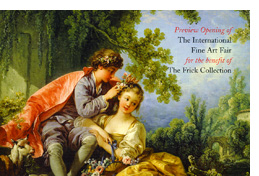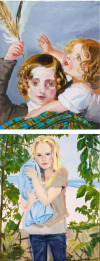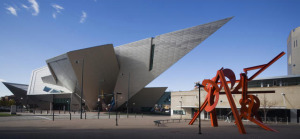It’s always fun to eavesdrop in public places. And people say very funny things when they are looking at art. Just ask Judith Henry, who compiled “Overheard at the Museum” a few years
 ago, quoting such goodies as “I really love this painting but it has way too much green in it” and “Marge has one like that – but that’s the real one.”
ago, quoting such goodies as “I really love this painting but it has way too much green in it” and “Marge has one like that – but that’s the real one.”
When I cover art fairs, I try to listen for similarly choice comments. Last night, at the opening of the International Fine Art Fair at the Park Avenue Armory — a benefit for the Frick Collection — I caught a few gems:
- “Paintings look so much better when they’ve had a bit of a scrub.”
- “Look at this: You may not like it, but look at the detail.” “Yes, everything is there.”
- “It’s very…dull.”
- “This painting [street scene by Utrillo] is fetching. It’s an original.”
- “That’s what he did [describing the painter of a Dutch still life]. He opened the table, and he boom, boom, boom.”
I’m not picking on, or snickering at, the art on view or the people that like it, btw. Many booths at the fair were offering quality works.
And visitors to Art Basel Miami Beach last December said things that were just as silly. How about:
- “If you’re not in the mood to go to Maastricht [for its huge fair], you don’t go.”
- “There’s no reason for that painting.”



 When I was in Indianapolis, I asked Miller what happened. He told me that Denver would only take the show if he cut it to 100 objects, out of the 250 in his version — a move that would, obviously, destroy its intent as a survey show. The Denver museum, he said, did not view his show as a big draw.
When I was in Indianapolis, I asked Miller what happened. He told me that Denver would only take the show if he cut it to 100 objects, out of the 250 in his version — a move that would, obviously, destroy its intent as a survey show. The Denver museum, he said, did not view his show as a big draw.